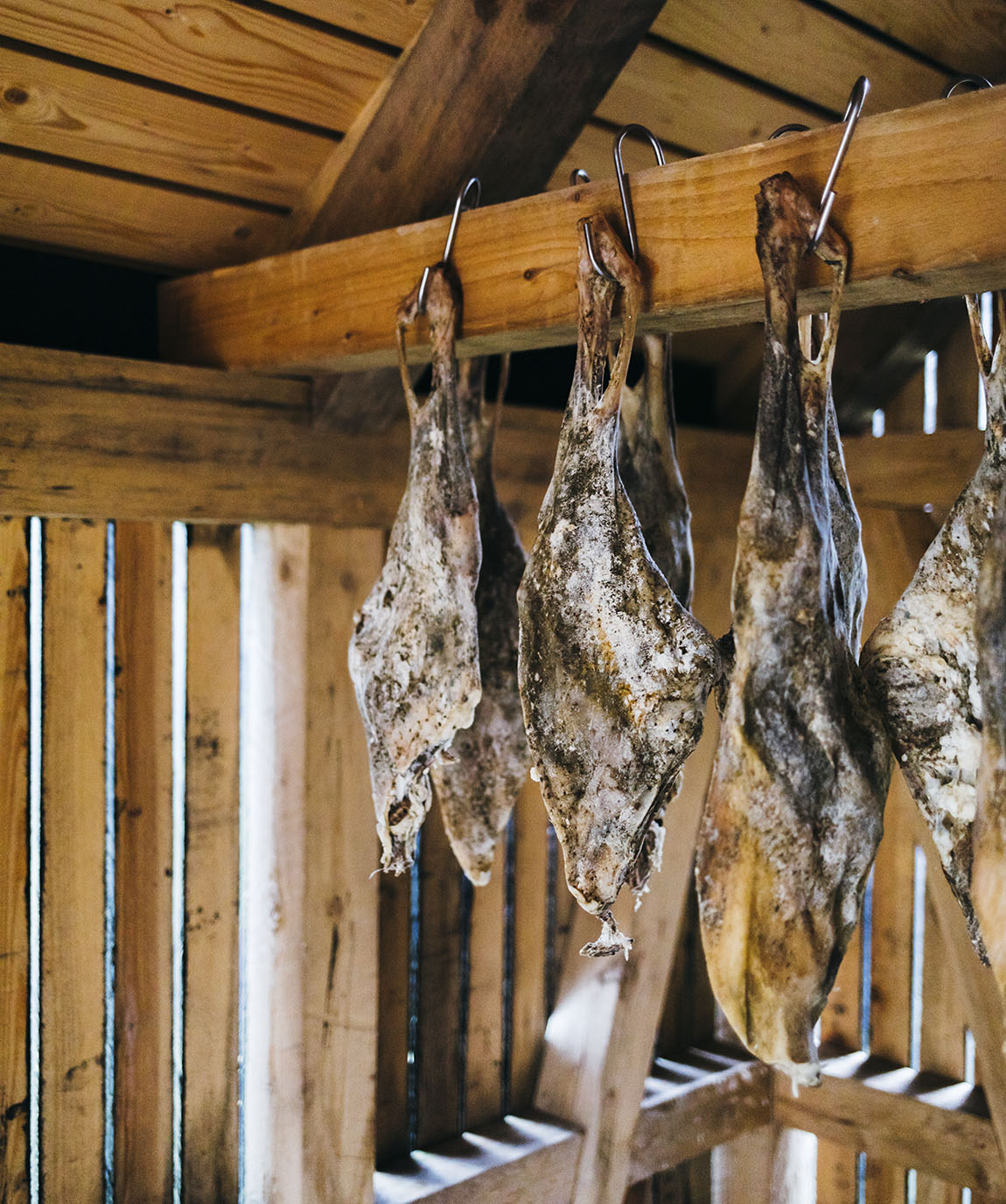Post-pandemic travel: How the Faroe Islands bounced back
By Xander Brett | Photos: Visit Faroe Islands

Photo: Adam Firman, @adamfirman
For almost two years, the Faroe Islands were shut off from world tourism. Lockdowns halted travel and restrictions blighted movement for months. Now, the locals have been welcoming their first visitors since the coronavirus pandemic. But how are the remote island’s businesses faring? Are tourists arriving in trickles or floods? We headed to the Faroes’ capital city of Tórshavn, to find out.
The view from Hotel Føroyar is a sweeping panorama of Tórshavn. Perched high above the bustling town, and kept by a team of helpful staff, the hotel offers a world of luxury and convenience.
Guests attending their wellness-retreat stays are greeted with sparkling wine, fruit and chocolate, followed by a seven-course dinner from the renowned restaurant, Ruts. The rooms are impeccable: simple, functional and comfortable, with large windows and kitted with televisions in both the living and bedroom, as well as a range of Faroe Islands guidebooks and reading material.
But are the Faroe Islands attracting enough tourists to support these kinds of businesses?

Photo: Hotel Føroyar
The welcome return of cruise ships
Siri Mahakanok moved from Thailand to the Faroe Islands in 2020, and now works at Tórshavn’s Paname Café. She says tourism here bounced back so fast that visitor numbers are now equal, if not exceeding, 2019’s figures. Paname is French-inspired, and Mahakonok says French visitors are pulled in as a result, though guests arrive from all over Europe and America.
“Many disembark from the cruise liners,” she explains. “We’re delighted that cruise ships have returned, though it’s still only in summer, which is something of a disadvantage.” For designer Gudrun Ludvig, who runs the boutique clothes shop Gudrun & Gudrun, the pandemic was also something of a blessing in disguise. The Faroe Islands never saw harsh restrictions, but as foreign tourism is our key industry, it was still effectively locked down. “I was totally on my own,” Ludvig says. “I retreated to my studio, and every day from 9am, for the first time, I could properly focus on my work.” On display are the results of that hard graft: a lambskin jacket, and a shop now bustling with customers.

Photo: Valentin & Roman, @twintheworld
Rescheduled tours continue to dominate
Hogni Reistrup, CEO of Guide to Faroe Islands, shares the relief of these local businesses, and says visitor numbers stabilised in May. “We’re almost at pre-pandemic levels,” he explains, though he makes clear the virus is still having an impact. “Much of what we see now are rescheduled tours from 2020 and 2021. I don’t think we’ll be able to properly examine the travel landscape until next year, when brand-new pleasure seekers arrive.”
Reistrup is well placed to take the temperature of the islands’ tourism industry. Guide to the Faroe Islands is a travel marketplace of 150 tailored tours for visitors, collaborating only with providers based in the islands. Tourism in the Faroes ebbs and flows with the seasons, with some tours only available in summer. Year-round tours usually focus on the island’s major draws, such as a brand-new ‘James Bond Tombstone Tour’ of the filming locations in last year’s No Time to Die, in which the dramatic final scene was shot on the island of Kalsoy.

Photo: @handluggageonly
Europe’s remote culinary capital
Bond may have given tourists a new reason to visit the Faroes, but in the ten years since the New Nordic food revolution began, gastronomy has been the islands’ strong suit. Opened in 2011, KOKS restaurant has a tasting menu of 17 courses, and two Michelin stars to its name. Normally based in Leynavatn, 24 kilometres north of Tórshavn, head chef Poul Andreas Ziska is currently on a breakaway project in remote Greenland. But even in his absence, excellence runs deep.

Back at Hotel Føroyar, chef Sveinur Fuglø explains that KOKS has cemented the Faroe Islands as Europe’s remote culinary capital. “We have too many restaurants now!” he laughs. “Though, I think the groundwork was already in place before KOKS – we’ve always had these ingredients at our disposal. In our hotel we’ve always liked to give guests the experience of something Faroese, with ingredients foraged and served in exciting new ways.” Fuglø says he noticed tourism pick back up in April, when the final international restrictions were lifted. He says the hotel bookings are now on a par with those of 2019, which he describes as a “record year”.
KOKS was established out here ten years ago. Predating it, Hotel Føroyar is something of a ‘ground zero’ in the Faroese tourism drive. This idea is part of the hotel’s new campaign to invite tourists from the UK and Europe to join the already plentiful visitors from mainland Denmark. Today, business and conference-trip guests are balanced with a healthy smattering of hikers, fishers and holidaymakers.

Photo: Jack Harding, @jackharding
Adventure never dies
As the car drives back to the airport (request a detour, and you’ll see the world’s first underwater roundabout), there is a chance to reflect on the monumental scale of these rugged, subpolar rocks in the Atlantic. Despite being under Danish external sovereignty, the archipelago is closer to the British Isles geographically and aesthetically than to the ‘flat land’ of Denmark. A flight from Copenhagen to the Faroe Islands even passes over the Shetland Islands, off the Scottish coast.

Photo: Hotel Føroyar
Though the Faroe Islands bear a resemblance to Scotland, its landscape is infinitely more imposing. This majesty provides the thrilling sense of adventure that so many visitors to the islands crave. Whether revelling in the luxury of Hotel Føroyar, or rambling through the island’s hills and villages, that sense of adventure cannot be squashed by a pandemic. Now, it’s pulling tourists back to the Faroe Islands once more.

The streets of Torshavn. Photo: Ingrid Hofstra, @ingridhofstra
Web: www.hotelforoyar.com
Subscribe to Our Newsletter
Receive our monthly newsletter by email





